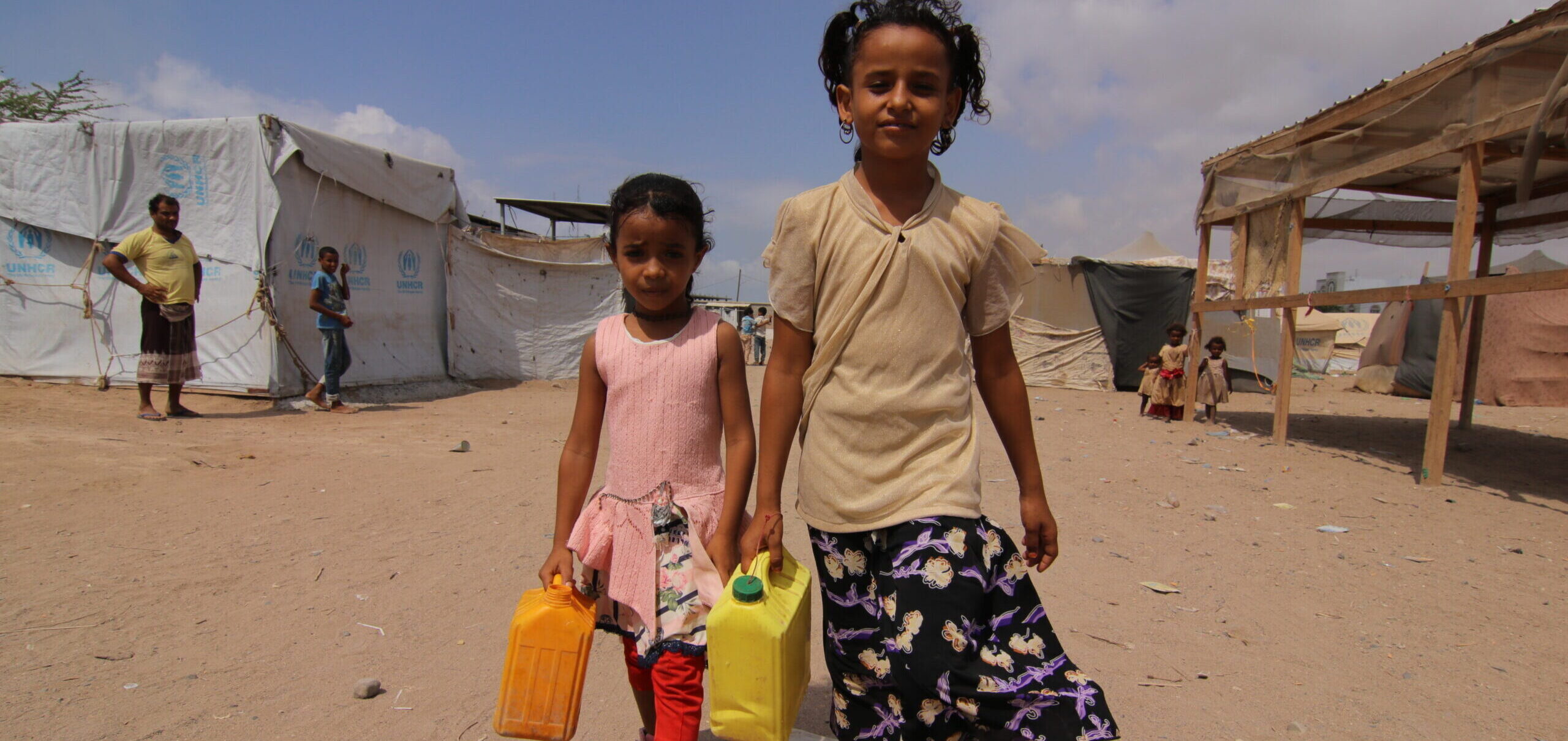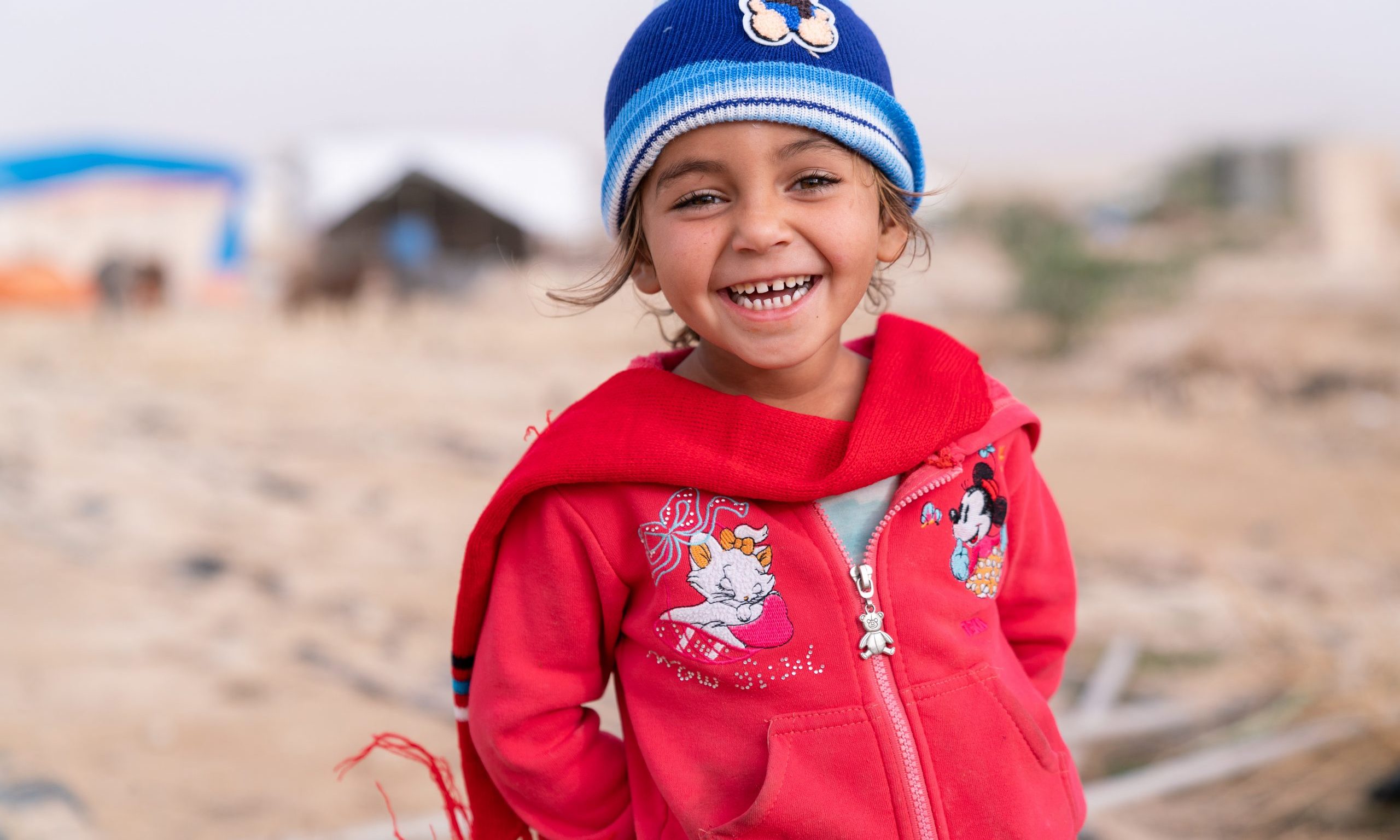A Web of Insecurity: Gendered risks and vulnerabilities for children on the move during the COVID-19 pandemic
IDAC issue brief #1

Migrant and displaced children are one of the most fragile populations in the world. These girls and boys have been hit with extra force by COVID-19 and its devastating impacts. Their rights are under serious threat – but data that identify the most vulnerable children among them and the specific deprivations they face are lacking. Many of these children – and girls in particular – are falling through the cracks.
This issue brief surveys the existing literature based on the limited available data to highlight areas of urgent concern for children on the move as they navigate life during the pandemic, examined through the lens of gender. Emerging evidence indicates certain gender-specific challenges for migrant and displaced children are intensifying. Some of these threats predated the virus and are now escalating, others have emerged as a result of COVID-19 and its consequences.
But this picture is far from complete. There is an urgent need to more closely monitor the situation of all children who have left home to keep pace with emerging trends and vulnerabilities. Now, more than ever, investments in data collection methods and improved data availability and quality are crucial.
Disproportionate burden of care
Migrant women have been at the frontlines of the response to COVID-19, and the burden carried by working migrant mothers will likely be shared by their daughters. Facing today’s challenges, many girls will be expected to care for sick family members and pick up additional work in the home, exacerbating the already inequitable distribution of labour at home and limiting girls’ time for academics, leisure and paid work.
Economic shocks and working children
By the end of 2021, the number of girls and boys living in monetary-poor households in developing countries could increase by 122 million to 144 million. Migrant workers and their children will be hit hard by these economic shocks. For the many migrant girls and young women working in domestic care, many of whom are child labourers, COVID-19 has aggravated the conditions of an often exploitative industry that operates outside of labour laws and social protection mechanisms.
Basic needs, unmet
Even before the pandemic, migrants, refugees and internally displaced persons faced great obstacles in securing food, clean water and adequate sanitation, and health care. The multiple deprivations that women and girls face in crisis contexts are likely to worsen given current contractions in health care and clean water and sanitation.
Absent from class
Migrant and displaced children are experiencing the fallout from school closures intensely – vulnerable migrant and displaced children are now at heightened risk of dropping out of school and many girls on the move will never return to the classroom. Global economic instability is also exacerbating other obstacles to school for marginalized and displaced girls, including child and early marriage, adolescent pregnancy, and increased workloads within and outside the home.
Looming shadow of gender-based violence
Initial evidence confirms that gender-based violence (GBV) is rising at an alarming rate. The socioeconomic factors that amplify the risk of being exposed to and severity of GBV are intensifying. Before the global spread of COVID-19, GBV was more prevalent among migrant and displaced women and girls than among non-displaced populations and girls on the move are now at heightened risk of being exposed to GBV.
Dangers of trafficking
Children fleeing crisis may be forced to rely on riskier, more expensive smuggling networks to reach their destinations – placing many girls and boys on the move at risk of abuse, exploitation, debt and trafficking. Children fleeing crisis may be forced to rely on riskier, more expensive smuggling networks to reach their destinations – placing many girls and boys on the move at risk of abuse, exploitation, debt and trafficking.
Injustices demanding action
Migrant and displaced populations are intensely vulnerable and must be included in COVID-19 prevention, response and recovery plans. These approaches must be underpinned by quality data that can be disaggregated by age and sex, to ensure the most vulnerable are prioritized and receive the resources they need. Children on the move, and girls in particular, must not be left even further behind.
The International Data Alliance for Children on the Move (IDAC)
IDAC is a cross-sectoral, global coalition that advocates for better statistics and data on migrant and forcibly displaced children. IDAC’s work promotes the strategic generation, use and analysis of quality data to support evidence-based policymaking that protects and empowers all children on the move. This is the first in a series of IDAC issue briefs, which leverage available data to raise awareness of pertinent issues impacting the lives of migrant and displaced children.


